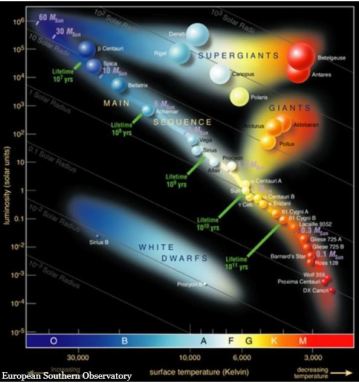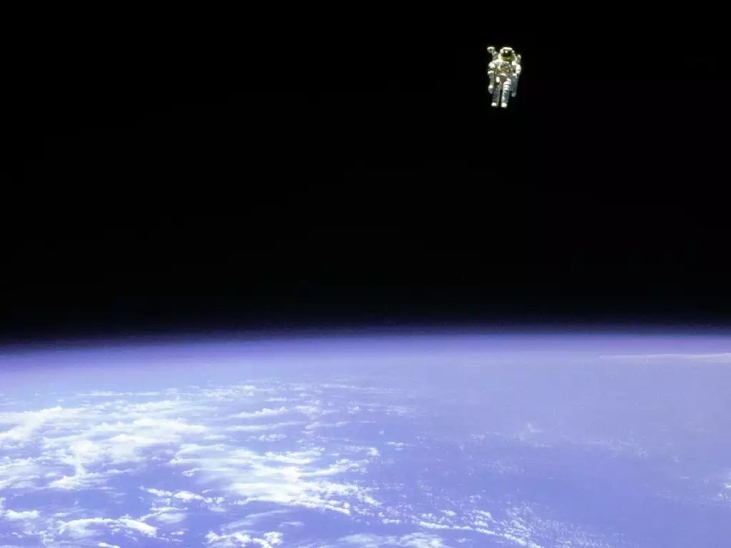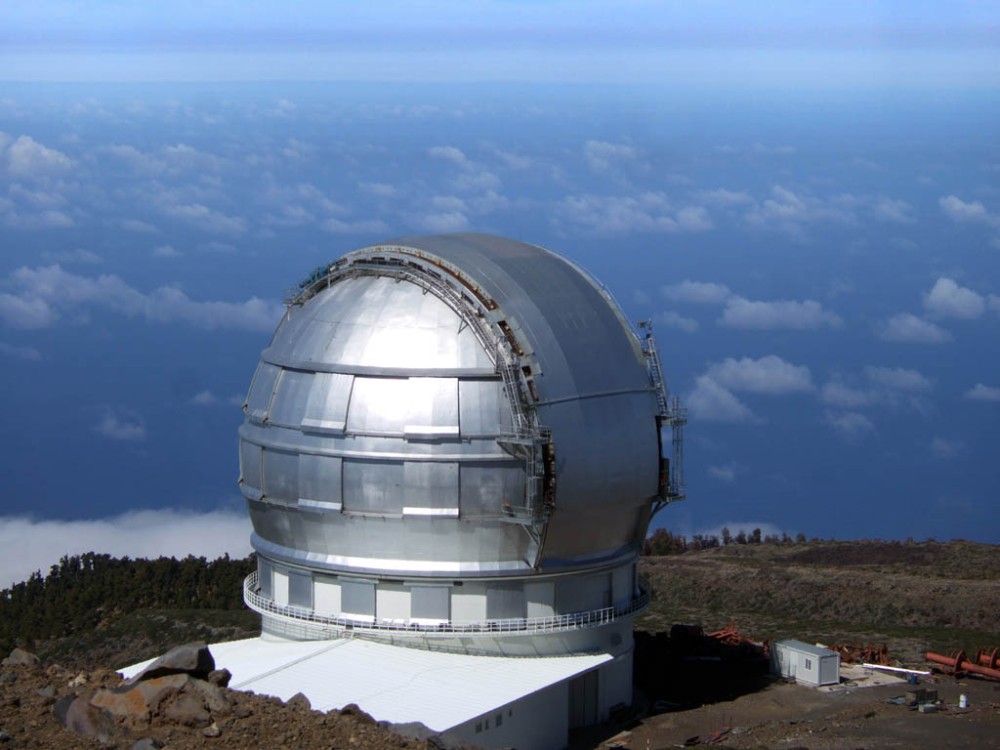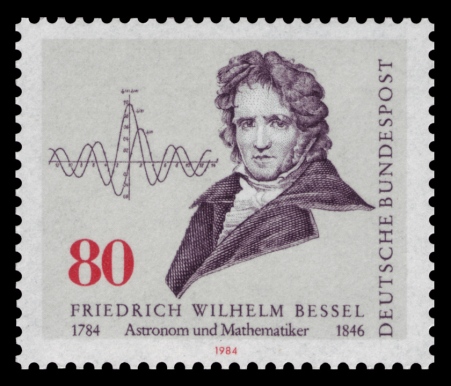
Betelgeuse is in the top ten of the brightest stars in the sky. As one of the closest stars that has the potential to have a supernovae. This is super special not only because of the closeness of it, but because of its massive size. According to Forbes Betelgeuse has the potential to light the sky and appear even brighter than the moon. However, there is no way of knowing when the supernovae will occur.
Betelgeuse is special because of its sheer size. It is a red giant and very bright in the sky. The only reason it doesn’t always appear that way because much of the energy released is blocked by the atmosphere. However, when Betelgeuse is at its brightest, it has the potential to be brighter than the moon at night. This is because of the amount of energy that the star will produce while heavier metals are going through fusion until eventually, they all collapse into the center of the star.
The question of when is anybody’s guess because there is no way to tell how much chemical fuel the red giant has left before it goes to its brightest state before supernovae. Currently, technology exists that has the ability to look inside the star to analyze the presence of certain elements, but this neutrinos technology is not yet sophisticated enough to analyze the make up of Betelgeuse. At 600 light years away, for all we know, the red supergiant could have already exploded. It could also remain unchanged for thousands of years, but without the improvement of technology, the question of when will to continue to remain unanswered.








